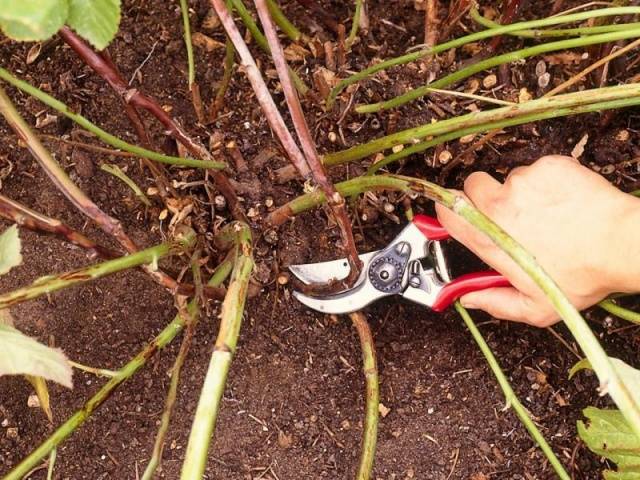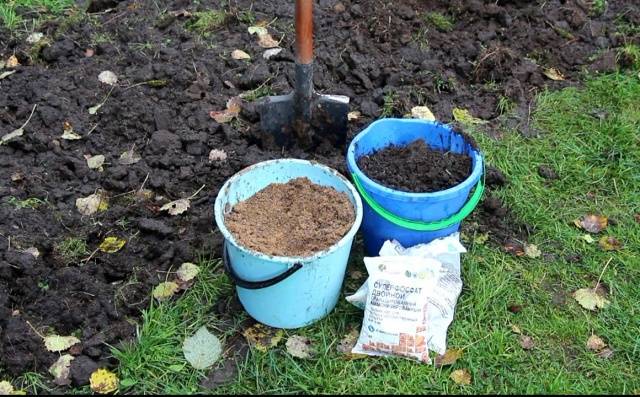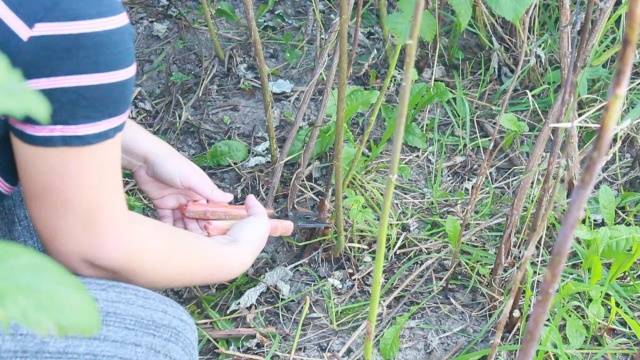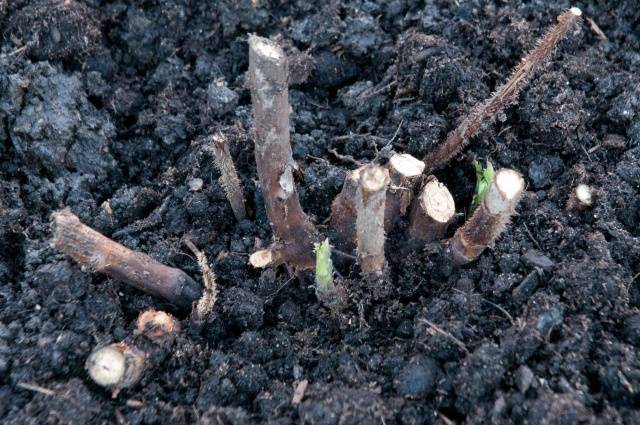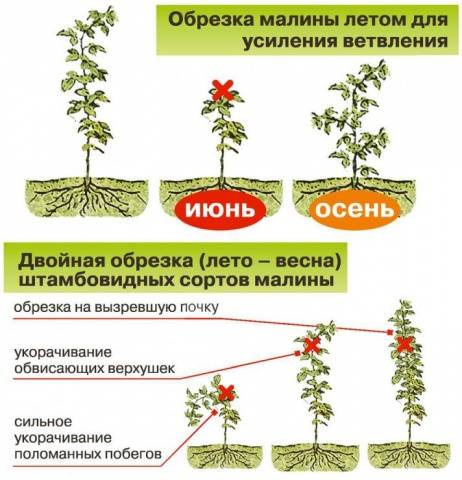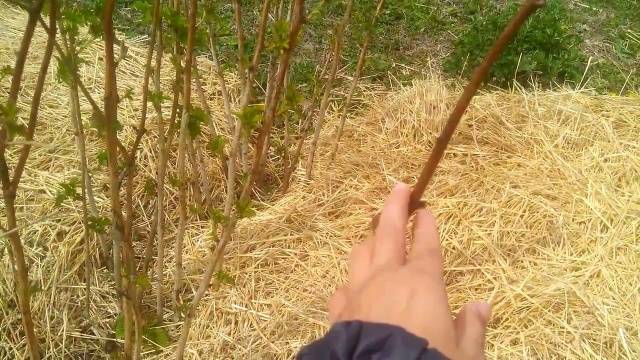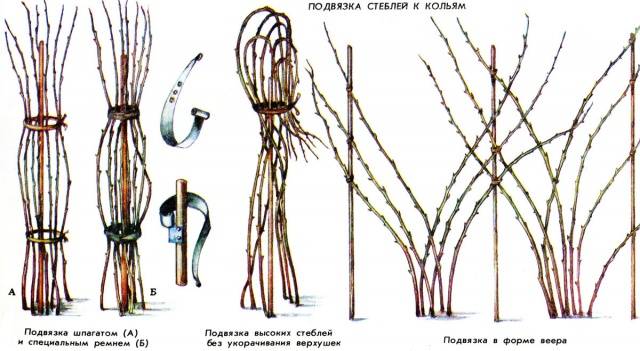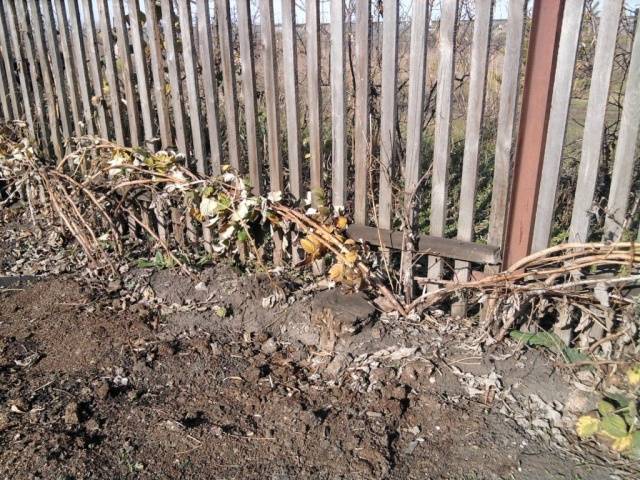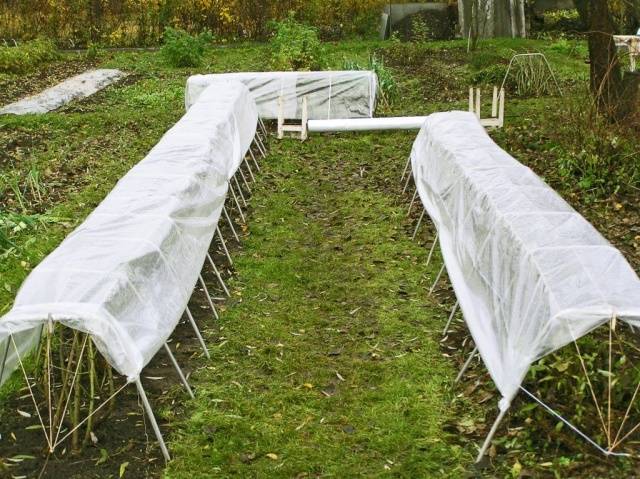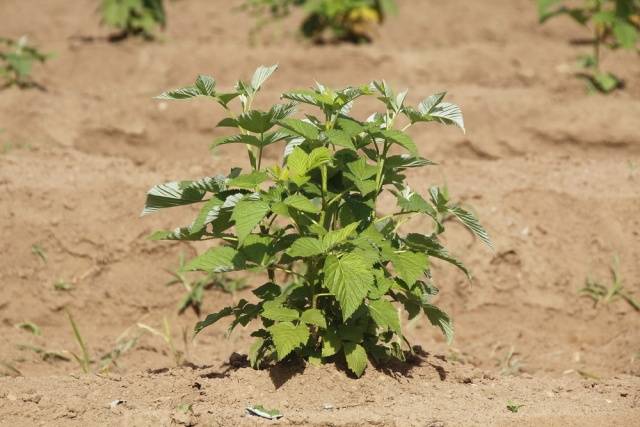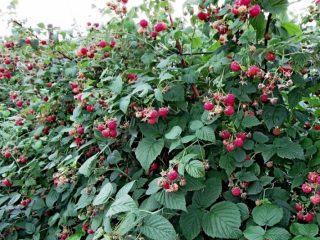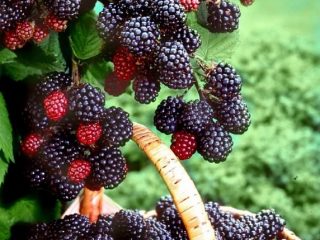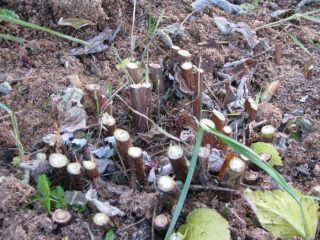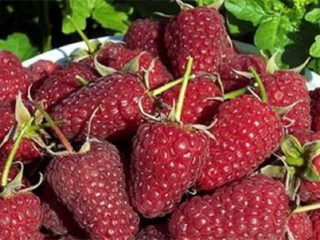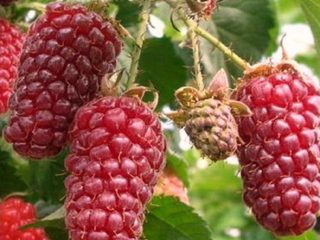Content
Autumn is a time of hassle associated with preparing perennials for wintering. These include raspberries. To get a good harvest of raspberries in the next season, you need to timely prune and cover the bushes.
Preparing raspberries in the fall for next winter consists of several stages:
- Pruning.
- Cleans up waste such as stalks after pruning, fallen leaves and grass between rows.
- Top dressing.
- Bending down and sheltering from the cold.
This article will cover each step separately. From it you will learn how to properly organize the care of raspberries in the fall, which will serve to prepare them for winter.
Feeding raspberries
To be honest, plant feeding should be started not in the fall, but from the end of summer. This promotes the maturation of the wood, which will help the raspberry bushes withstand the winter cold. For this, nitrogen fertilizers are excluded, and potash and phosphorus fertilizers replace them. For abundant raspberry yields, you need to provide the soil with a sufficient amount of nutrients that will prepare the root system of shrubs for winter. The last feeding is done at the beginning of October.
How can you fertilize the soil to prepare raspberries for winter? Organic fertilizers such as peat, bird droppings, compost and manure, or green manure and mineral fertilizers may be suitable for this.
- Manure make before digging up the soil. 1 m2 you need 4-6 kg of this fertilizer. Unripe manure can serve not only as fertilizer, but also as a covering material. By spring, it will finally rot and nourish the soil with the necessary substances that will accelerate the growth and development of raspberries.
- Compost - this is rotted foliage, peat, weeds, bird droppings and corn cobs. It is introduced into the soil in the same way as manure.
- Bird droppings Is the best fertilizer for raspberries. It is bred in water and distributed over all raspberry bushes.
- Peat you can fertilize raspberries not only in autumn, but also in spring and even summer. It improves the structure of the soil, thereby increasing the yield of raspberries.
- Introduction mineral fertilizers held once every 2-3 years. You can alternate the introduction of organic matter with soil mineralization - one year manure or other organic fertilizer, and the second year - the introduction of mineral fertilizing. Caring for raspberries in the fall involves the introduction of potassium salt (40 g per bush) or superphosphates (60 g per bush) into the soil. So, at a distance of about 30 cm from the bush, grooves should be made, having a depth of about 20 cm, into which minerals are introduced. In order for the minerals to be better absorbed by raspberries, the soil must be watered in a timely manner. This is especially important in dry autumn.
- Siderata Are plants sown in the aisles of raspberries in June. It can be blue lupine, vico-weight, or mustard. In late autumn, the soil is dug up, as a result of which the growth of green manure falls into the ground. Having rotted in winter, green manure will saturate raspberry bushes with all the necessary nutrients in spring.
How to prune shoots
In order for raspberries to survive the winter, it is necessary to prune them in time. Some raspberry varieties have a life cycle of 2 years. What does it mean? In the first year of life, the raspberry stem grows and grows stronger, and the next year it begins to bear fruit. After harvesting, such a raspberry stalk will still live until winter, thus taking away nutrients from young shoots. In the spring it will not bear fruit.
Therefore, in order for the young stems to receive a sufficient amount of nutrients, the old ones must be completely cut off. From young shoots of raspberries, you should also cut off the tops by about 15-16 cm. This is an important condition, since the shoot is in the growth stage and in order to survive the winter, it needs to be lignified. Pruning raspberries promotes frost resistance of young animals.
Repaired raspberry varieties differ in that they bear annual stems. In view of this, all raspberry shoots should be cut off in the fall. This way, you will protect your shrubs from diseases and pests. In this situation, pruning is carried out once, only in the fall. In the spring, you do not need to repeat it. In place of the old shoots, new ones will grow, which will bear fruit.
To avoid decay and damage to the buds, you need to remove all the leaves from the raspberries. This is done carefully. Before removing the leaves from the branches, it is recommended to put on mittens so that the movements are softer. In this case, the kidneys will not be damaged. Movements should be directed from top to bottom.
Pruning raspberries twice
With a double pruning of raspberries, the yield of raspberry bushes increases. So, pruning is carried out twice a year - in autumn and spring. The tops of the stems, which have reached a height of 1 m, are cut off by 20-25 cm.
This stimulates the growth of lateral stems, which also branch out to form a lush bush with flower buds. If you decide to grow raspberries in this way, then there should be a large interval between the bushes - from 60 cm.
How to clean raspberries from waste
After the pruning has been carried out, it's time to start removing waste from the raspberry tree. All branches, leaves and grass should be burned or moved to a compost pit. This event is mandatory, otherwise, in the raspberry waste left in the raspberry bed, bacteria and pests will multiply in the spring.
Mulching the soil and bending the stems
To maintain the optimum moisture level for raspberries, you need to mulch the soil from time to time all year round, removing the old mulch and covering it with a new one. Preparing raspberries for winter also includes mulching, as covering will protect the root system from frost. Sawdust, peat, bark, etc. can serve as mulch.
Raspberries do not like alkaline and acidic soil reactions. Therefore, if you will use sawdust for mulching, then they should not be of coniferous wood.
The mulch should be about 5 or 10 cm high. A smaller layer will not provide sufficient thermal insulation, and a larger one will lead to damping of the soil, it may even provoke the spread of fungal and purulent infections. Before mulching, the soil must be well watered so that the root system does not go into hibernation dry.
After the foliage falls from the stems, bending should be done. To do this, you need to dig several posts along the bushes, between which a wire is stretched, no higher than 20 cm from the ground. Bending and tying the stems is performed to this wire. Thus, the lashes will hide under the snow until severe frosts. Nylon tapes or threads are best suited for tying.
What to do if little snow falls in harsh climates
If raspberries are planted on the windy part of your site, where snow is blown out in winter, then you need to take care of snow retention in advance. For this purpose, on the side from which the wind is blowing, special barriers must be installed. These can be buried sheets of plywood or polycarbonate. The latter material, of course, has a number of advantages over plywood, as it is resistant to decay and is not afraid of frost.
Such fences can be attached to trellises running along the raspberry tree. However, it is very important to take into account the direction of the wind. You can check the wind rose of your area, which can be found on the website of the hydrometeorological service of your area.
However, if there is little snow in your area, and the frosts are strong, then the raspberry tree should be additionally covered. A non-woven material such as spunbond or lutrasil can serve as a heat insulator. Bending down should be done before covering. Covering material must be fixed so that it is not blown away by the wind. In a particularly harsh climate, simple arched structures are additionally built, which are covered with polycarbonate to protect the raspberry tree from death due to the cold.
When to cover and uncover bushes
Branches need to be bent in a timely manner. If this is done ahead of time, then the bushes may vanish, and if this is done late, the stems will become more fragile and may break in the process. So, the optimal bending time is before the first snowfall, but after the leaves fall from the stems. The same can be said about the shelter of the raspberry tree for the winter, either with a covering non-woven material, or with special polycarbonate structures.
It is also necessary to remove the covering material on time. If you do this ahead of time, then the stems will receive burns due to large day and night temperature jumps. If you have covered bushes, then opening them must be done in several stages. First, the polycarbonate structure is removed, then the non-woven material, and after that the branches are untied, and the mulch layer is removed. Otherwise, the immunity of raspberries will decrease. All manipulations for caring for raspberries should be carried out no later than mid-April.
If you follow the instructions above, your raspberry harvest will delight you. In addition, we suggest you watch a video on how to prepare raspberries for winter:
